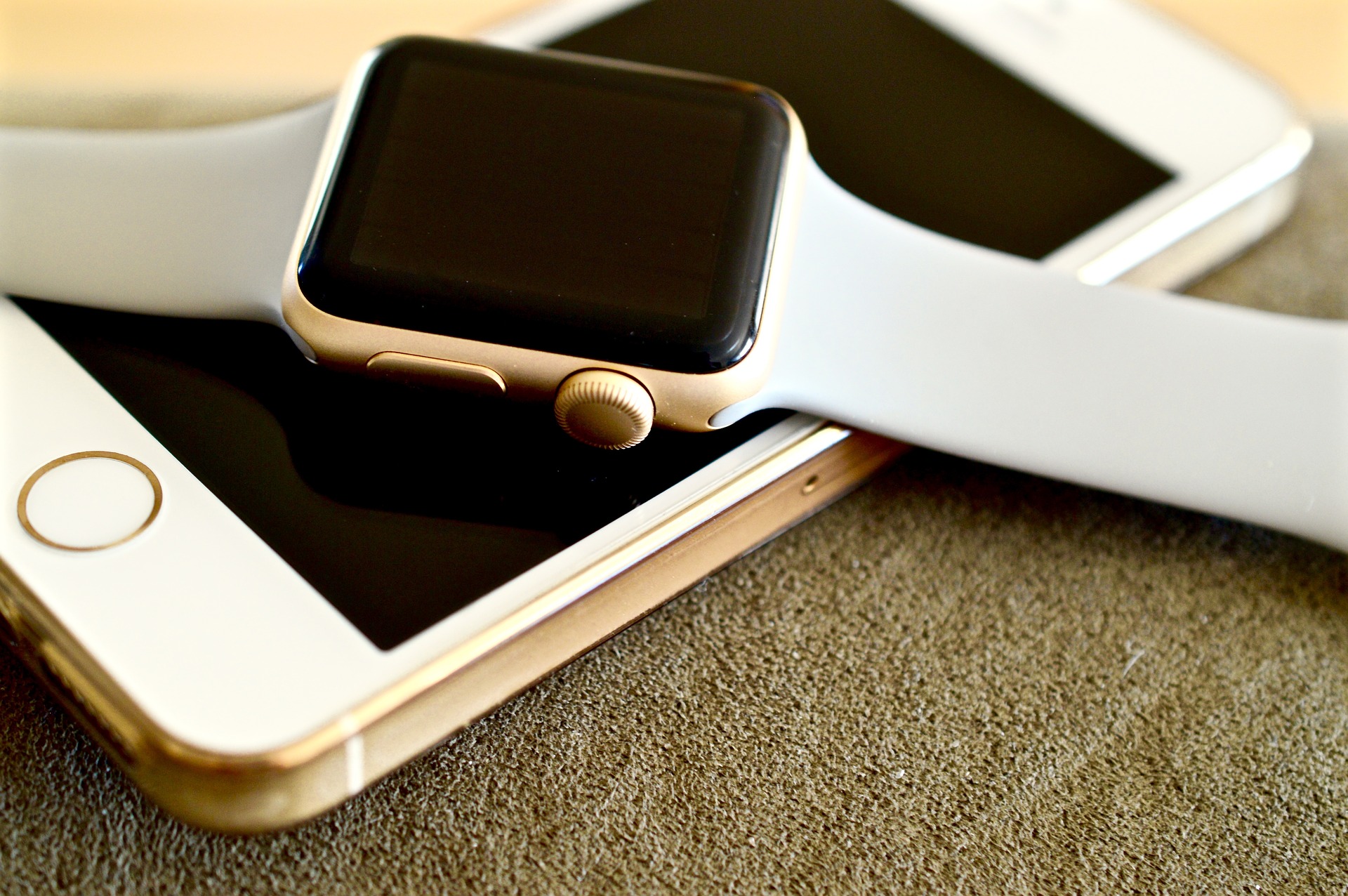
The Apple Watch Series 3 Will Have Limited LTE Capability
The Internet is abuzz, almost, with rumors and speculations about the upcoming Apple Watch Series 3. The device hasn’t been announced yet, but we have it on fairly good authority that such a wearable should arrive sometime in 2017. Recently, John Martellaro of The Mac Observer suggested the new version of the Apple Watch will have LTE capability. Martellaro thinks the wearable device will be capable of making and receiving voice calls independently of your iPhone. I’m not sure I buy that.
The Trouble With Tribbles, I Mean LTE Capability
I fully believe the next version of the Apple Watch will arrive in 2017. I am also certain it will contain an LTE transceiver chip for cellular communication without being tethered to an iPhone. KGI Securities analyst Ming-Chi Kuo said as much in a research note to investors almost a year ago. The noted analyst stated an expectation for LTE support to arrive in 2017.
This doesn’t mean, however, that you’ll be able to place voice calls from your wrist without your iPhone nearby. The technical ramifications of allowing that are simply too great, in my opinion, to be overcome the first time around for the wearable device. Here’s why.
LTE capability requires an antenna. On your iPhone, that antenna encircles the rear casing of your device, and even that length of antenna sometimes has signal problems when inside a building. Reduce that antenna to the size that would reasonably fit inside an Apple Watch, and you probably have an LTE transceiver that can’t pick up a signal at all when you’re inside your home.
If the transceiver would automatically stop looking once it’s inside, there’d be no problem. However, that’s not how cellular transceivers work. Rather, they’re continuously looking for a signal. This is a huge drain on your battery, something you’ve likely noticed on your iPhone if you have ever been in a situation where your handset was constantly looking for a signal that wasn’t there.
Data-Only? No Problem, Really
That’s the case for voice-enabled transceivers; it’s not true for data-only LTE chips. In the case of a data-only LTE chip, it will stop looking for a cellular signal once it connects to Wi-Fi. This means that in most cases, when you’re inside, the drain on your batter won’t be as harsh.
If, however, Voice-over-LTE (VoLTE) ever matures and expands to most markets, all bets are off. a VoLTE transceiver would probably have the capability of shutting itself down when a Wi-Fi connection was made, leaving all communications handed off to the indoors wireless solution.
The Other Problem – Will Your Apple Watch Have Its Own Phone Number?
Okay, let’s work through how this would set up. From my understanding, a cellular number can only be assigned to one device at a time. Therefore, a voice-enabled Apple Watch would need its own phone number, just like your data-only LTE iPad has one. How would people know to contact you on your wrist?
There are two options here. Option A is for your iPhone’s phone number to automatically forward to your Apple Watch after a certain amount of time (this usually translates to rings, but the carriers set it up in seconds.) The problem with this option is that your caller would have to wait a considerable number of additional rings to reach your voicemail, if you didn’t answer on your Apple Watch. This could be a dealbreaker to many, myself included.
The other option is to have two phone numbers for people to reach you. This might be acceptable to some, but most folks aren’t going to buy into that type of scenario. Having a separate number for personal and business use is fine, but two numbers for one or both? Probably not a good idea.
The First Apple Watch With LTE Capability
My prediction, then, is that the third generation of the Apple Watch will have LTE capability, but it will be more akin to what you have on your iPad. You’ll have data capability, but no voice possibilities. Quite frankly, that’s probably the most ideal situation. Few people want the battery drain of a device that’s constantly looking for a cellular signal when it can’t acquire one. Furthermore, folks don’t want the hassle of having multiple phone numbers for business or personal contacts to reach them at. Having a separate business line is one thing, but two personal or two business numbers is simply overkill.